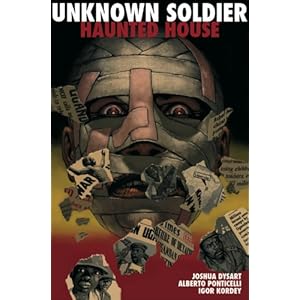
He might be a blast from the past, but Waldo is as popular as ever in the Summit library. Just in case you’ve never opened a Where’s Waldo book, or if it’s just been a long time since you last looked inside, every double-page spread is a colorful, crowded, puzzling landscape-- and Waldo, the man in a red and white striped sweater, glasses, and a scarf, is always somewhere to be found. But it’s not easy to find him, and even after the reader has found Waldo, he or she can still try to find the rest of the recurring characters. Each spread also provides an opportunity to discover new ideas. Many students love these books, but I find them especially useful when trying to reach our self-identified non-readers. Those students who claim to hate reading and hate books are often perfectly content to sit in a beanbag chair and search for Waldo and his group of friends. Often these same students will turn to their neighbors and work together to solve the puzzles and shout out (very excitedly) when they find who or what they’re looking for. These are “stress-free” books. They’re also great for students who are fans of I Spy books and optical illusions.











